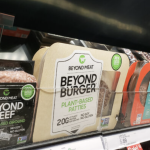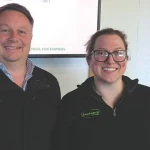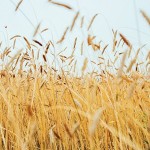Farmers and Catchment Groups Driving the Next Wave of Freshwater Restoration
Added 2 months ago
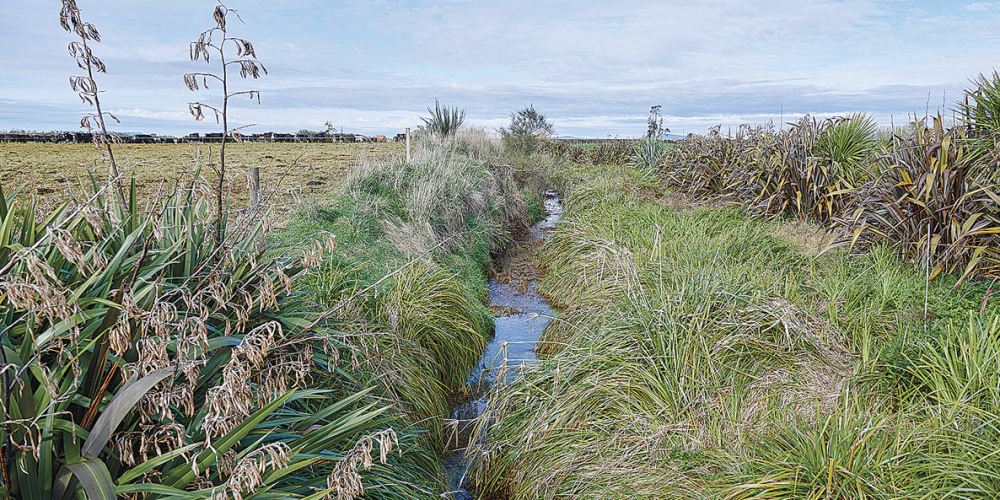
From nitrogen limits to full ecosystem restoration, New Zealand farmers and catchment groups are at the forefront of a new era in environmental care, says DairyNZ.
For years, freshwater policy has centred on limiting nitrogen and other contaminants. While reducing nutrient, phosphorus, and sediment loss from farming remains vital, DairyNZ warns that this narrow lens risks missing the bigger picture — stream health depends just as much on habitat, biodiversity, and restoring natural processes.
The science is clear: New Zealand needs to shift from a purely mitigative approach to one that also prioritises restoration and rehabilitation. That means investing in riparian planting, wetland restoration, and biodiversity corridors. These actions not only filter and reduce contaminants, they also strengthen the ecological integrity of waterways, allowing native flora and fauna to thrive — the ultimate indicator of stream health.
Riparian Planting: A Proven Solution
Riparian planting stabilises stream banks, filters sediment runoff, and provides crucial habitat for native species. Shaded streams stay cooler — essential, as many native fish cannot survive in water warmer than 25°C. In pastoral areas, summer stream temperatures can be 10–12°C hotter than those in forested streams.
Small streams, which make up 75–80% of the network, respond quickly to restoration and support key species like banded kōkopu and tuna (eels). Research shows that just 1 km of riparian planting can cool a stream by up to 5°C — a powerful, nature-based fix that’s more reliable for ecosystem health than nutrient limit-setting alone.
Shifting Policy Focus
During the 2025 review of the National Policy Statement for Freshwater Management (NPSFM), DairyNZ has advocated for science-based policies that focus less on rigid nutrient limits and more on broader measures of ecosystem health.
“New Zealand’s policy frameworks are far too focused on nitrogen,” says Dr David Burger, DairyNZ’s GM Farm Solutions and Policy. “We’re pushing for a smaller set of compulsory attributes centred on human and ecosystem health, alongside strong support for catchment groups delivering real, on-the-ground improvements.”
Farmers Taking Action
Across the country, farmers are partnering with iwi, councils, and community groups to restore wetlands, plant natives, and protect waterways.
Johan van Ras, a DairyNZ environmental specialist and Piako-Waihou catchment group member, has seen first-hand the benefits of restoration. After planting his stream banks, they withstood Cyclone Gabrielle’s floods — unlike neighbouring properties — and required less maintenance. He’s also working to create habitat for threatened species like the Australasian bittern (matukuhūrepo) and has already seen swamp harriers nesting in his wetland.
“These projects are about legacy, community, and caring for the land,” says Johan. “The environment is healthier, species are returning, and we’re still farming productively.”
The Role of Native Plants
Species like Carex play an unsung but vital role. They hold stream banks firm, resist floods, and provide food for aquatic insects, which in turn feed fish. Easy to establish and self-spreading, they’re a simple yet effective choice for farmers wanting to protect small waterways.
Community Power in Restoration
DairyNZ-supported catchment groups bring people together to share knowledge, adopt good practices, and tackle water challenges collectively. They provide access to plants, funding, and expertise — making restoration more achievable for landowners.
“Catchment groups are one of our best opportunities to improve waterway health, add native biodiversity to farms, and create long-term benefits for both people and the land,” says DairyNZ.
Join the conversation
Be the first to leave a comment.
Leave a comment
All comments are reviewed before they are published on the website. Your email address will not be published.
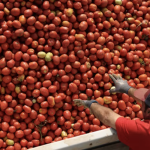
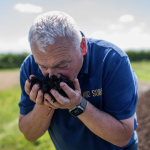

Regenerative Agriculture Helping Kaukapakapa Farmer Cut Costs and Restore Soil
